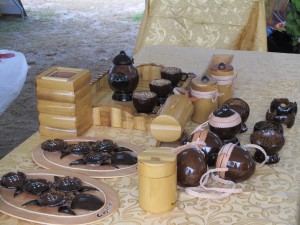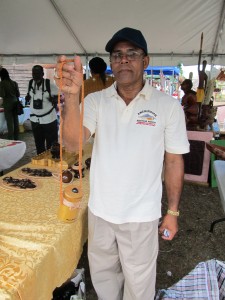By Venessa Deosaran
Bamboos are some of the fastest growing plants in the world. Knowing this, Donrad Correia from Kabakaburi, Pomeroon is skilfully utilizing bamboo growing in abundance in his area to produce functional craft and also teach others to use this avenue to generate income.






Comments are closed.